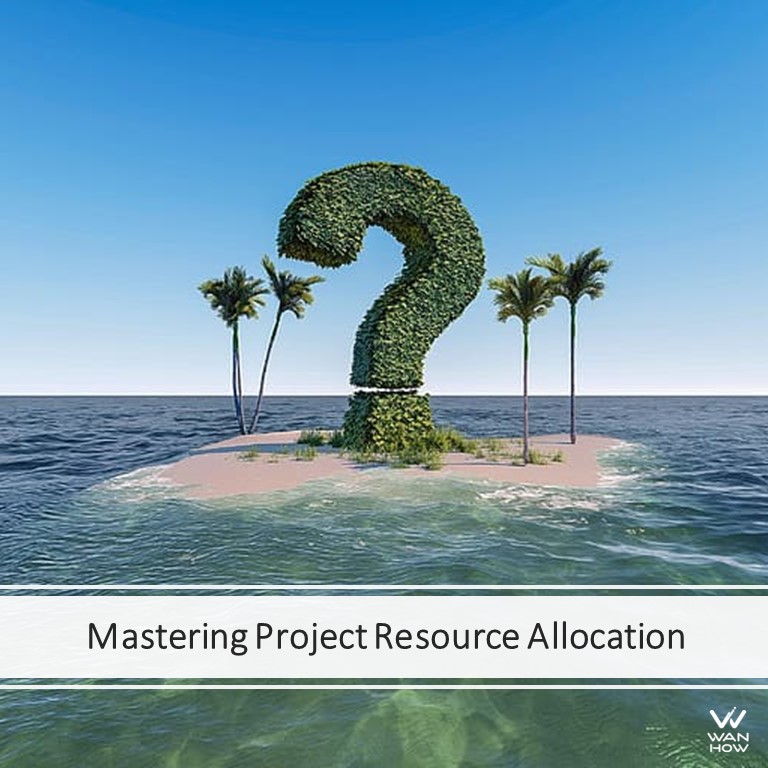
In the realm of project management, one perennial challenge is project resource allocation. It’s a complex puzzle that project managers constantly strive to solve, balancing the availability and skills of resources with the evolving needs of projects. Whether it’s aligning the right talent with the work or synchronizing project timelines with resource availability, the task is anything but straightforward. Add to this the intricate dance of navigating government funding dependencies, and you’ve got a recipe for some serious project management hurdles. So, how can project managers effectively tackle these challenges and ensure smooth sailing for their projects? Let’s delve into some strategies.
- Holistic Resource Assessment: Before diving into project planning, conduct a comprehensive assessment of available resources. This includes not only human resources but also equipment, materials, and any other assets necessary for project execution. Understanding the full scope of resources at your disposal lays the foundation for effective resource allocation.
- Skill-Work Alignment: It’s not enough to have bodies to fill seats; those bodies need to possess the right skills for the job at hand. Take the time to match individual competencies with project requirements. This might involve conducting skills assessments, consulting with team members, or even investing in training and development to bridge skill gaps.
- Dynamic Resource Planning: Acknowledge the evolving nature of projects and adopt a flexible approach to resource planning. While long-term planning is essential, it should be supplemented with mechanisms for adjusting resource allocations in real-time as project needs shift. Regularly reassess resource requirements and availability to stay ahead of potential bottlenecks.
- Resource Pool Management: Establish a centralized repository of resources that can be tapped into as needed across projects. This helps optimize resource utilization and prevents siloed thinking, where resources are exclusively tied to specific projects or departments. A shared pool fosters collaboration and enables smoother resource allocation across the organization.
- Strategic Partnerships: Forge strategic partnerships with external entities, such as vendors or freelancers, to augment internal resource capabilities. This not only provides access to specialized skills but also offers flexibility in resource scalability. Cultivate relationships with reliable partners who can be called upon to fill resource gaps as required.
- Governance and Funding Alignment: Given the dependency on government funding, align project timelines and resource planning with funding cycles. Stay informed about funding opportunities and deadlines, and integrate these considerations into project planning efforts. Establish clear communication channels with relevant stakeholders to ensure alignment between project objectives and funding requirements.
- Risk Mitigation: Anticipate potential resource challenges and develop contingency plans to address them proactively. This might involve cross-training team members, identifying alternative resource sources, or adjusting project timelines to accommodate resource constraints. By having mitigation strategies in place, project managers can minimize the impact of resource-related disruptions.
In conclusion, while resource allocation remains a formidable challenge in project management, it’s not insurmountable. By adopting a strategic approach that emphasizes holistic assessment, skill-work alignment, flexibility, and proactive risk mitigation, project managers can navigate the complexities of resource management with confidence. Moreover, by aligning resource planning with funding dependencies, they can ensure that projects remain on track despite external constraints. Ultimately, mastering resource allocation is key to unlocking the full potential of any project and driving success in the ever-evolving landscape of project management.
